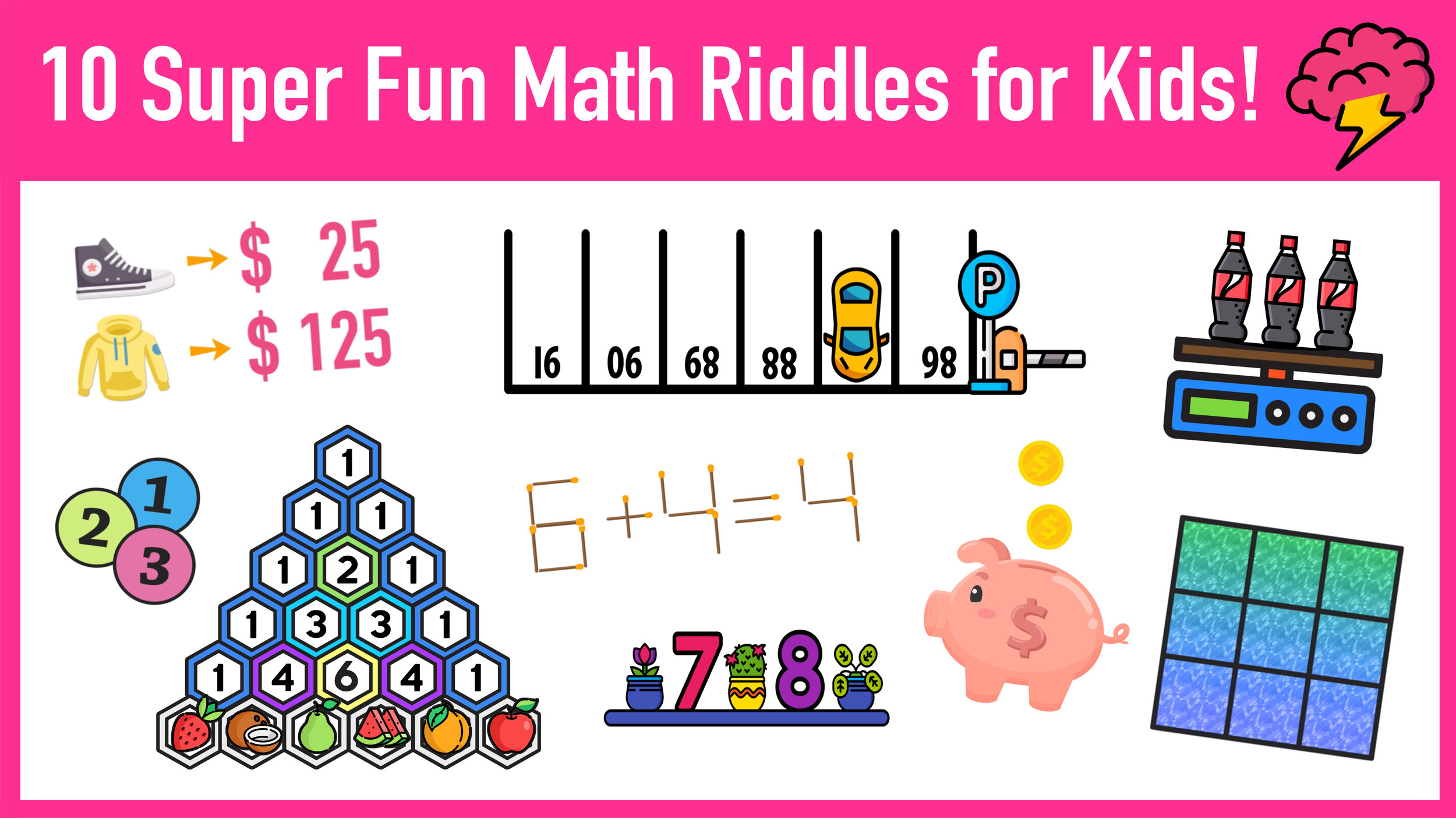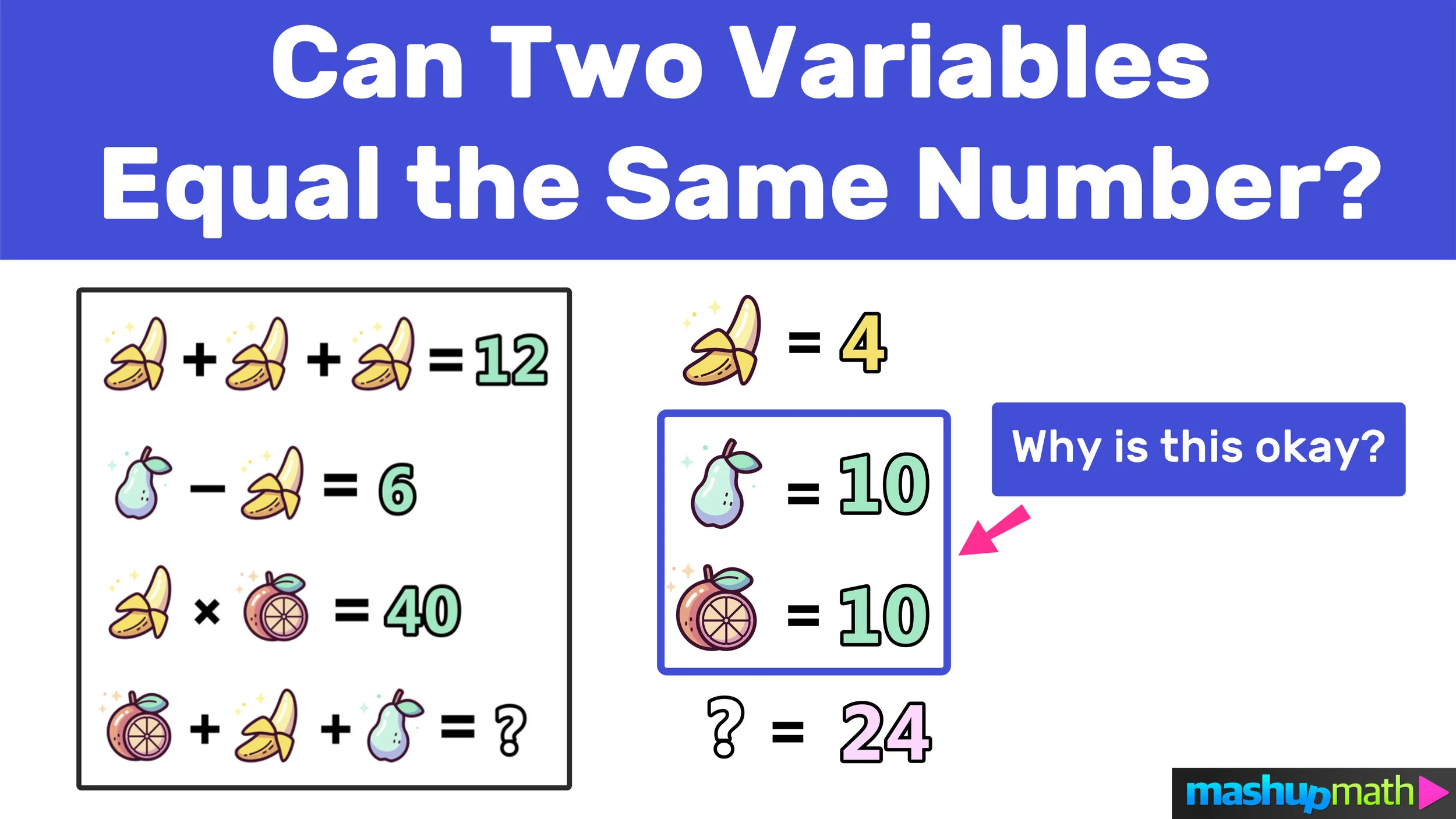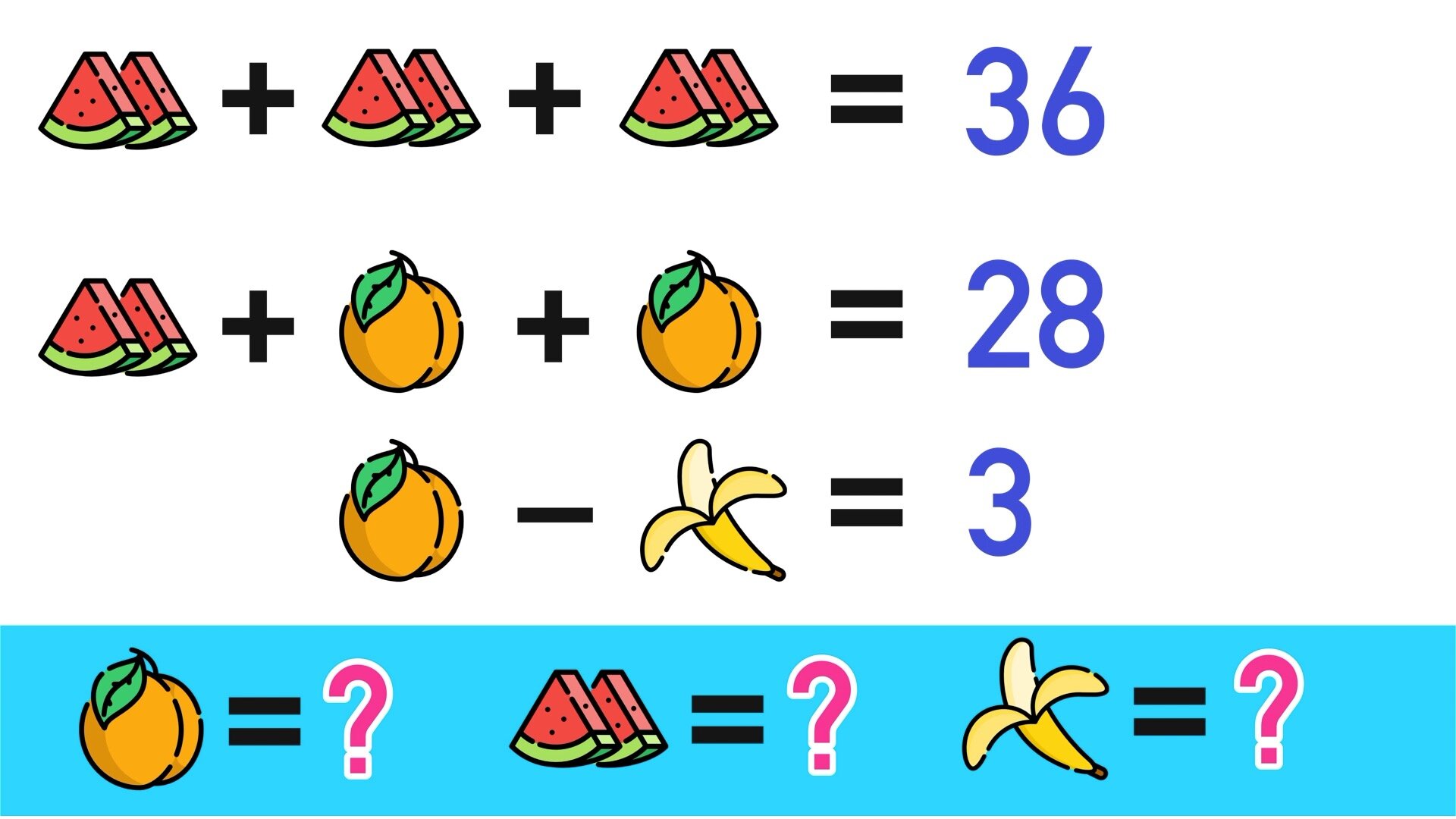Image: Mashup Math
Free Fraction to Decimal Chart
Are you in need of a quick reference chart for converting between fractions and decimals? Whether you are a student learning how to convert between fractions and decimals, or someone who could use a handy reference for everyday use, the free fraction to decimal chart shared on this page is the perfect tool for you.
Having a fraction to decimal conversion chart is incredibly useful for making fast and one hundred percent accurate conversions between decimals and fractions. Our free fraction to decimal chart includes 64 common fractions and their decimal equivalents. In terms of measurement, our fractions to decimals chart includes conversions for all common fractional measurement units starting at 1/64.
In the next section, you will find a link to download your free Fraction to Decimal Chart as a PDF file. Some great ways to use our free fractions to decimals chart include:
Saving the PDF file on your phone to reference conversions wherever you go.
Print the chart and have it laminated for repeated use (you can keep it in your notebook, tool box, etc.)
Email the PDF chart to yourself and keep it in your inbox as an accessible conversion guide.
Do you want to learn how to convert between fractions and decimals without a chart? Check out our free step-by-step lesson on converting between decimals and fractions in 3 easy steps!
Free Fractions to Decimals Chart (Preview)
Fraction to Decimal Chart Download
Click Here to Download Your free Fraction to Decimal Conversion Chart PDF
When you click the link above, a PDF window will open where you can download and/or print our free decimals to fractions chart.
Decimal to Fraction Chart: Real-World Uses
Now that you have downloaded your free Fraction to Decimal Conversion Chart, here are few ideas for some awesome real-world applications of this super hand tool:
Cooking and Baking: Many recipes include fractional portions (e.g. ⅓ cup of water, ½ pound of sugar, etc.) as suggested portion sizes, while many kitchen tools (such as digital scales) use decimal measurements. To ensure that you are following any given recipe correctly and accurately, it is important to be familiar with fraction and decimal conversions. For example, knowing that ⅓ is roughly approximate to 0.333 will allow you follow recipes and use tools that incorporate fractions or decimals.
Money: Another useful application of our fraction to decimal chart is working with money. For example, if you know that the fraction ¼ is equal to the decimal 0.25, then you can easily determine and understand things like sales prices, discounts, taxes, and overall budgeting. If you want to improve your ability to work with money and make sound financial decisions, then being able to convert between fractions and decimals is a great foundational skill that will serve you for a lifetime.
Sports: Numerical statistics are a huge part of sports, and being able to accurately convert between fractions and decimals allows you to better make sense of sports-related data. For example, if a basketball team has won 6 out of 8 games (6/8 simplifies to 3/4), we can conclude that the team has a 75% winning percentage (because 3/4 equals 0.75).
Having a fractions to decimals chart is a handy tool for construction professionals. (Photo by Josh Olalde on Unsplash)
Fractions to Decimals Chart for Construction and Home Improvement Projects
Construction and Home Improvement: Any time that you have to measure the length of something, it is super important for you to be able to easily convert between fractions and decimals. In fact, most rulers are divided by segments that each represent 1/64 of an inch, and construction professionals have to be familiar with dozens of fraction to decimal conversions (which is why many of them purposely keep a fraction to decimal chart in their toolbox for quick reference.
For example, builders must know that ⅝ of an inch is the same as 0.625 inches in order to make correct measurements, create accurate scale drawings, and to ensure that their plans are build according to the design. This is why, in construction, there is a common saying: measure twice and cut once. This is because it is imperative to get your measurements correct before you make a cut (e.g. a peice of wood or metal). Why? Because, once you cut something to size, there are no do-overs. So, you absolutely have to get your measurements right before making cuts.
So, having a fractions to decimals chart on hand is a great tool that will serve you in a variety of situations inside and outside of the classroom. By having a quick and reliable reference guide at your disposal, you can spend more focus and energy on whatever project you are working on (baking, buying, building, etc.), and less time on making mathematical calculations and conversions between fractions and decimals.














